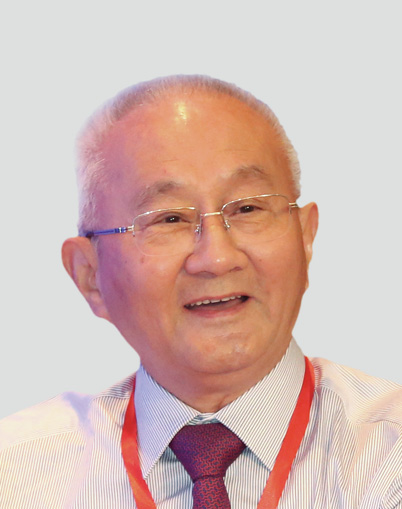
According to the International Renewable Energy Agency, energy transition is the pathway of the transformation of the global energy sector from the current fossil-based energy to renewable-based energy, with zerocarbon emission by the second half of the 21st century. One of the technological areas that is key in ensuring a successful energy transition is sector coupling, in which the characteristics of each sector are further developed and exploited by other energy systems in order to ensure energy adequacy and security over both short- and long-time spans. Electricity—as one of the most important energy carriers discovered by humans—plays a central role in modern society due to its convenience and efficiency in production and conversion to other types of energy. Therefore, it can be envisaged that the power system, which is the system that collects, transmits, and distributes electricity, would be the central site for renewable energy adoption. The power system could also extend its function from primarily being the media for electricity to being a central node connecting other energy systems, including heat and gas networks. This new function would require further development of power system management and control to ensure its flexibility and security while accommodating interaction with other energy systems.
At the same time, the power system is also undergoing fundamental internal changes, as many conventional power plants have been or will be phased out and succeeded by central and distributed renewable energy sources. This situation results in various challenges in terms of power system operation and stability. In order to transform the current power system towards future energy mix in a smooth and efficient manner, the following technological areas should be addressed in order to strengthen the power system security and flexibility:
(1) Smart grids. Smart grids represent technologies that utilize automation, communication, and information technology systems to achieve demand management, flexible operation, and optimized asset management. In the past 10–15 years of research in this field, the focus has been on distribution systems, for which various flexibility management mechanisms have been proposed in order to activate and coordinate a vast number of small devices to provide local or system-wide services against the fluctuating generation from renewable energy sources.
(2) Integrated energy system operation. Electricity is consumed through the conversion to other forms of energy, such as light, heat, and mechanical energy. Therefore, in order to effectively manage energy demand, attention should be paid to an integrated energy to avoid having energy solutions that jeopardize need and comfort over various energy vectors.
(3) Power system security. As the majority of renewable energy sources interfacewith power systems through power electronic converters, the dynamics of the power system are moving away from their former characteristics of being built upon synchronous machines, and the power system is becoming dominated by the control system of power converters. This shift brings about various challenges in terms of control and stability. Another important perspective comes from cyber side, where the increasing digitalization of energy management makes the system vulnerable to cyberattacks.
(4) Meshed direct current (DC) grids. Areas with rich renewable energy sources are usually located far away from main power grids. To interconnect large renewable power plants across long distances, the DC transmission system is evolving as a natural choice due to economic reasons. Technologies for DC transmission systems, including protection and circuit breakers, have gained good ground in the past few years for various voltage levels.
This special issue focuses on key emerging technologies for facilitating the energy transition based on the abovementioned broad perspectives:
(1) Three main solutions are discussed for reviewing the frequency control challenges that result from decreasing system inertia due to the reduced number of synchronous machines: synchronous condensers, inertia emulation, and fast frequency response.
(2) An approach is proposed to identify cyberattacks in networked microgrids against various attack templates. The approach includes the identification of attack types and locations, and considers deployment and scalability.
(3) A prediction method based on deep learning is proposed for demand-side flexibility for two types of demand response resources—electric vehicles and the domestic hot water system, respectively—in order to support short-term planning studies in daily operation.
(4) A DC protection strategy based on a single-ended method is proposed for the application in a multi-terminal hybrid high-voltage direct current system. The proposed protection strategy does not rely on communication or line boundary elements, which makes it suitable for multi-terminal systems.
(5) The combined operation of power and heat networks will result in greater complexity and mathematical challenges in optimization and management. A method for transforming the district heating network model is proposed that not only guarantees optimality, but also accelerates the solution process.
The papers selected in this special issue cover various facets of power system research. We anticipate that this special issue will effectively inspire further research, facilitate international collaborations and, eventually, contribute to technological development in the respective areas.













 京公网安备 11010502051620号
京公网安备 11010502051620号




